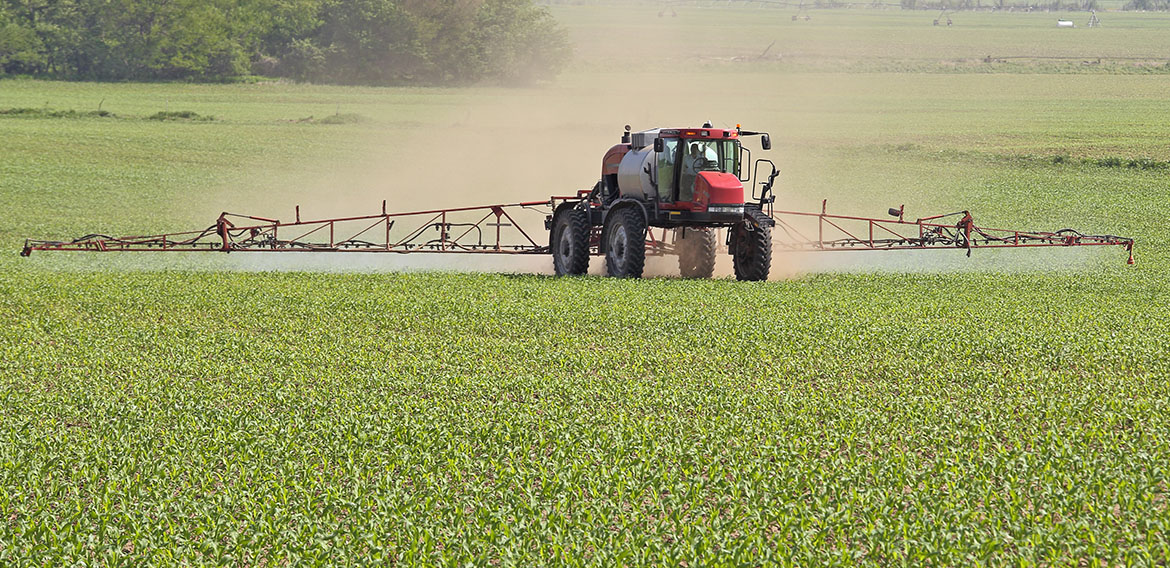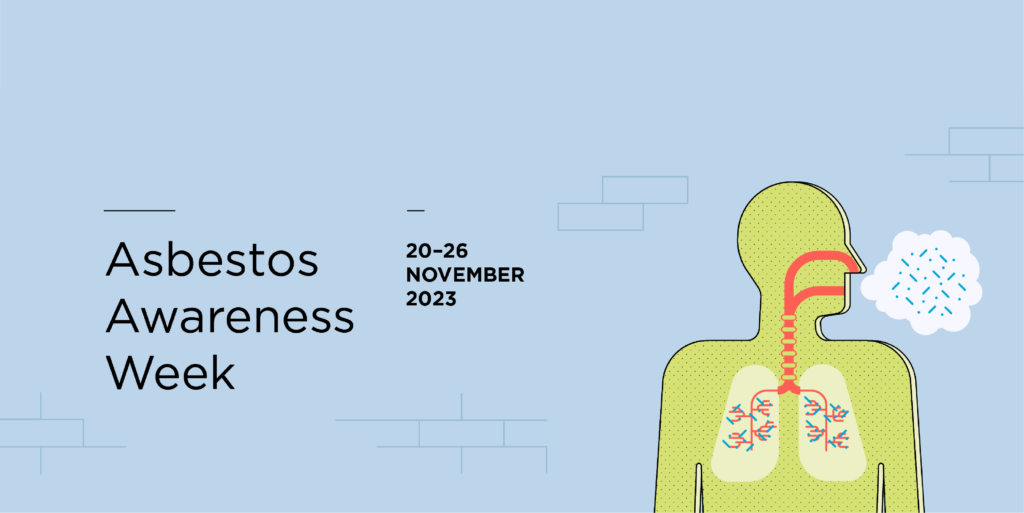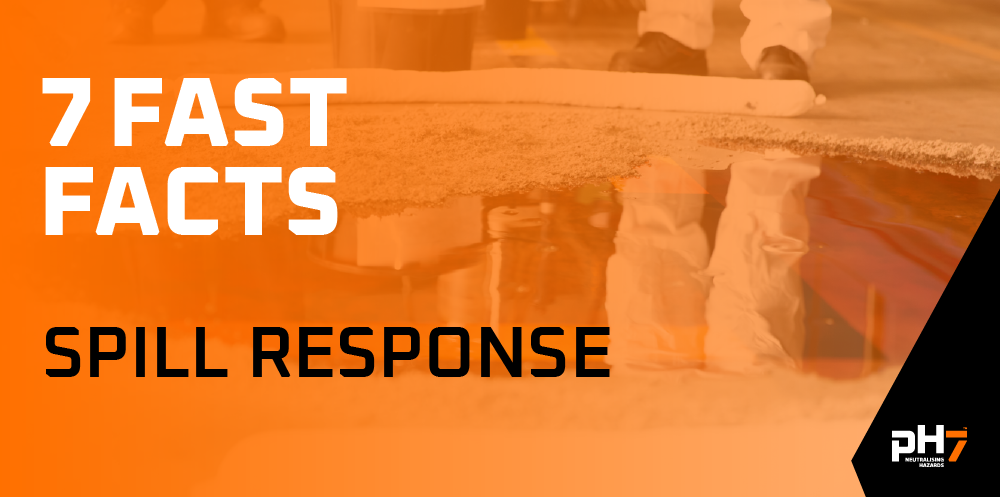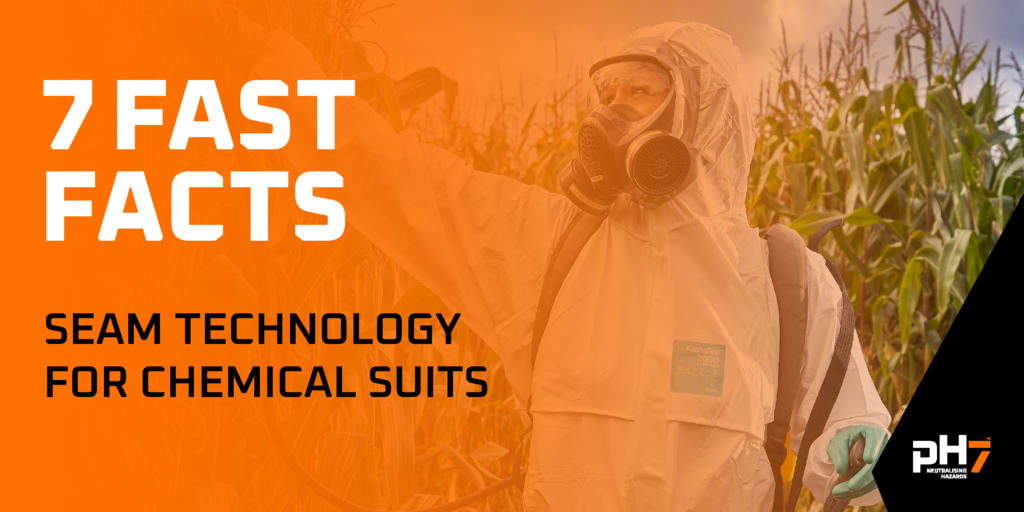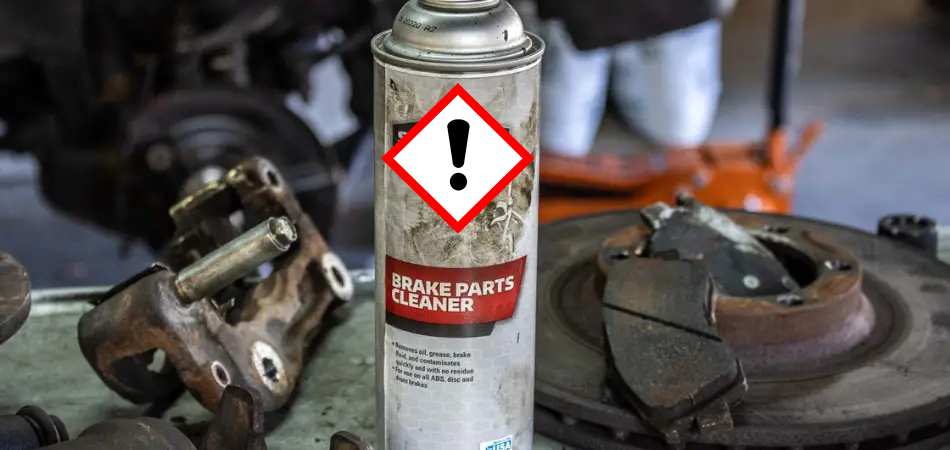What are WorkSafe New Zealand’s expectations of farms working with hazardous substances. What do they need to do to be compliant?
Whether it’s fuel, cleaning products or agricultural chemicals, hazardous substances are part and parcel of day-to-day life on any working farm in New Zealand and historic exposure leads to dozens of deaths around the country each year.
In the second of our interviews with Darren Handforth, WorkSafe’s Chief Inspector Assessments for the Southern region, we discuss how farms can reduce the risk of individuals being exposed to work-related health risks – including hazardous substances – and, in light of the December 1, 2017, rollout of new Health and Safety at Work (Hazardous Substances) Regulations how farmers can ensure they are meeting their obligations under the new rules.

Farms represent a large proportion of the around 150,000 businesses in New Zealand that manufacture, use, handle and store hazardous substances in the workplace and therefore farmers will be a large section of the community affected by the December 1 changes to hazardous substances regulations.
Although any farmer currently complying with current regulations is unlikely to have to alter many of their work practices, there will be changes to compliance and December 1 marks a watershed in reviewing how farms keep workers safe when working with hazardous substances.
Darren’s key message to farms is to “get across these changes” and use all WorkSafe’s online resources to ensure they understand any new requirements.
“In particular there are changes to storage requirements for class 6 and class 8 products [toxic and corrosive] which are very much in the remit of farmers, where there will be requirements around getting location test certificates* which weren’t present under the previous legislation. It will also be mandatory for all farms to have an inventory of all hazardous substances on site so they know whether they have triggered specific requirements.”
In order to help farmers comply with these new regulations, WorkSafe has developed a hazardous substances calculator for its website which allows a farm’s inventory to be input and then generates all the controls necessary for compliance under the new legislation.
“It’s really simple and will give clear guidance about how farmers can be compliant,” Darren says.
In terms of other areas of compliance, Darren says key areas WorkSafe will be looking at include:
Training:
To show workers understand risks and how to keep themselves safe, WorkSafe is looking for training records and conversations with workers on site to ensure they’ve received adequate supervision. “In the past couple of weeks there have been a number of fatalities not related to hazardous substances but where people have died on the first day of their job – it shows that a lack of adequate information and supervision creates the potential for mistakes that could have fatal consequences.”
Storage:
As well as the new legislation meaning a change in language when it comes to the storage of hazardous substances – “test certificates” will become “compliance certificates” – WorkSafe will be looking at both how substances are stored and what that storage looks like itself.
Managing emergencies:
WorkSafe wants to see evidence of a plan for dealing with emergencies, how procedures are tested every 12 months, and how workers are involved in any conversations about those procedures. “There’s no use in having an administrative plan in place on paper if it goes to hell when an emergency occurs.”
The way that farmers operate can be very different throughout New Zealand, with ma and pa operators through to large multi-national businesses. But, regardless of the size of the property or what contractual arrangements the farmer has with those working on the property, the new legislation requires compliance.
“The primary duty on the person conducting a business or an undertaking is the same irrespective of the size of the operation, however the way you manage risks on the site may be quite different,” he says.
“It may be quite formalised at that top end but what may be required at a smaller operation for 100 or 150 head of cattle may be quite different – for example, a ma and pa operation might have a conversation around the tea table about how to manage the risks. We’re not talking about managing your health and safety by having masses of documentation, that’s not what WorkSafe is about, it’s about you managing the risk appropriately for the size of your operation and the nature of the risks you’re trying to manage.”
And that responsibility is reflected across all people involved in the operation – including contactors. So, for example, if a small farm brings in a spraying contractor, there’s a requirement for all parties to collaborate and communicate about how they will manage risks on site so the contractor can be made aware of risks associated with being on the farm, and the farmer can be comfortable that their contractor is appropriately managing the risks associated with spraying.
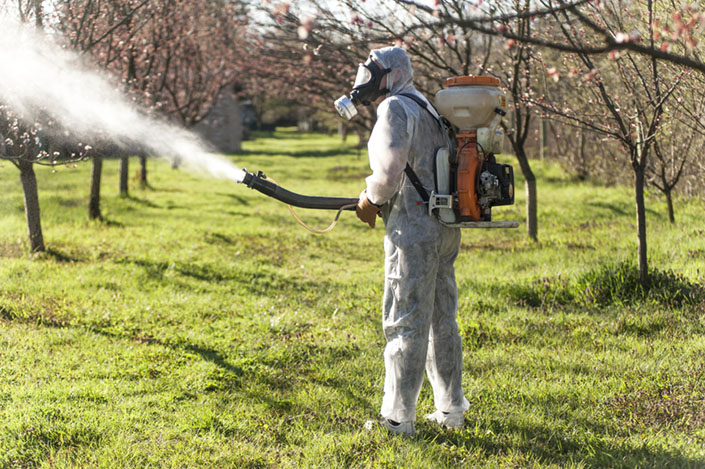
“It’s straightforward but you’d be surprised how many times that conversation doesn’t necessarily occur or occur to the level it should to manage the risk,” Darren says. “There’s no contracting out of your duty under the Health and Safety at Work Act – your duty is proportionate to the influence and control you have on that workplace.”
ph7 International has a long history of working alongside New Zealand’s farming community. For more information about safety equipment, handling or storing hazardous materials, and current regulations, contact us on 0800 323223, sales@dilnz.co.nzor via the website.
* A hazardous substance location test certificate may be required where explosive, flammable or oxidising substances are stored or used and the quantity of that hazardous substance exceeds thresholds specified in the legislation and the test certifier is an independent person approved by WorkSafe New Zealand to issue test certificates which confirm that individuals, sites or containers are compliant with the hazardous substances legislation.
